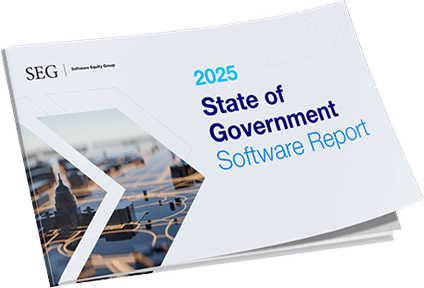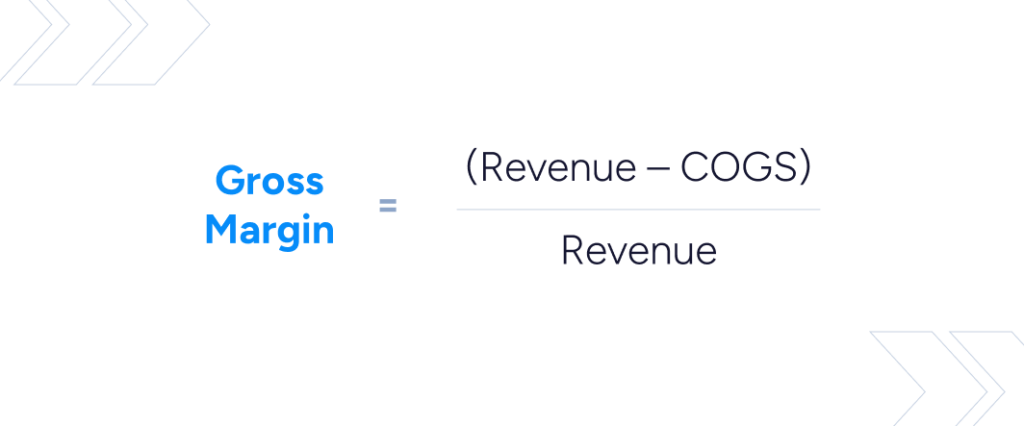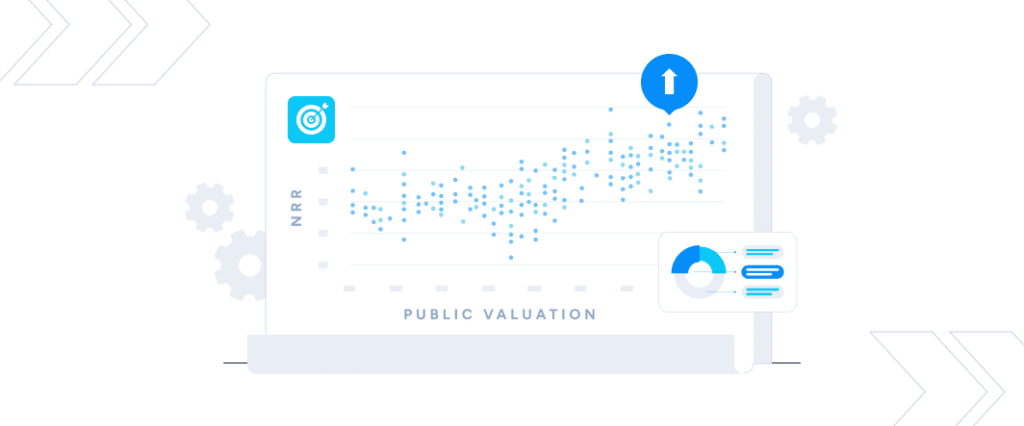Net Dollar Retention: Formula, Benchmarks, and Areas to Improve for SaaS Businesses
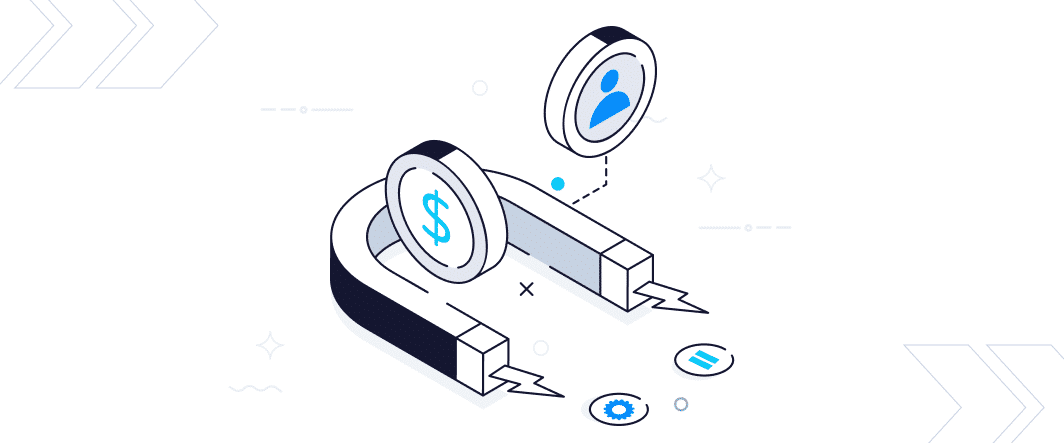
Historically, few metrics have been as closely tied to SaaS company valuations as net dollar retention (NDR), also commonly referred to as net revenue retention, net ARR retention, or simply net retention. Even though many buyers and investors have increased their prioritization of gross revenue retention amidst a volatile economic backdrop, NDR is still a vital metric, with implications both for current operations and future valuations.
Long before you get to the M&A stage, NDR serves as an important indication of how well you are solving the pains of your customers, your potential to grow your relationship with them, and how differentiated and sticky your offering is. Regardless of the stage of your company, understanding NDR and taking steps to improve it are crucial for operating a successful business and laying the groundwork for a rewarding M&A event in the future.
What is Net Dollar Retention?
NDR is the net change in recurring revenue from existing customers over a defined period, including upsell and cross-sell revenue, downgrades, and cancellations/churns. Simply put, it tracks the year-over-year change of your recurring revenue from existing customers.
A critical KPI, NDR measures a SaaS company’s ability to not only retain its customers but keep them engaged by expanding their usage and adoption of the product. A high NDR implies strong customer loyalty, stellar customer service, high product value, and effective sales strategies for upselling and cross-selling.
Net Dollar Retention Formula
Net dollar retention is defined as the sum of customer expansion ARR, contraction ARR, and lost ARR, divided by the company’s beginning ARR, all for a particular period.
The following formula is used to calculate monthly net dollar retention:
[Beginning ARR+ Customer Expansion ARR -Customer Contraction ARR – Lost Customer ARR / Beginning ARR ] x 100
NDR can be greater or less than 100%.
Why is SaaS Net Dollar Retention Important?
NDR can yield several useful insights and indicate areas for improvement for your SaaS business.
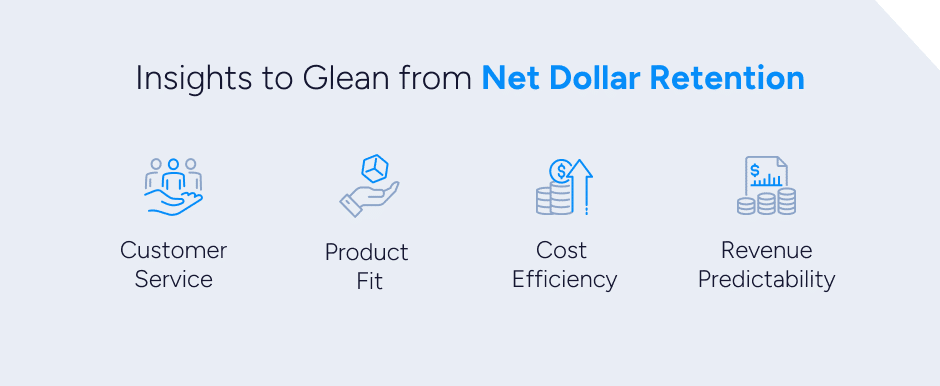
Customer Service
Customers are more likely to stick with your product if they have a good experience with it, understand how to use it, and are treated well by your customer support team. A low NDR can indicate a poor customer experience or problems with your product.
Product Market Fit
The best customer service in the world can’t keep a customer if your product isn’t right for them. Understanding your ideal customer profile and focusing your sales and marketing strategies accordingly can help raise your NDR. If your NDR is already high, you can study your existing customer base for clues on how to double down on that target audience.
Cost Efficiency
Low NDR suggests high levels of churn. This puts a strain on your company’s sales team and leads to higher customer acquisition costs (CAC), as it costs 2–2.5x more to acquire a new customer than to generate the equivalent revenue from current customers. A high NDR, however, suggests that you are maximizing the revenue potential of your existing customers without increasing CAC.
Revenue Predictability
Predictable, durable revenue is essential for long-term stability. High NDR means you can count on stable revenue streams from existing customers, creating a baseline of growth that net new customer acquisition can springboard from. Low NDR, on the other hand, usually means a costly scramble to replace the revenue that lost and down-sold customers create by acquiring new customers that may not fit the ICP. This creates a challenging cycle; SaaS companies seeking to fill the void of churn by acquiring new customers that aren’t a good fit risk having even higher churn going forward.
Net Retention and Valuation
A high NDR is evidence of strong customer relationships, predictable revenue, and the potential for compounding growth, all of which appeal to buyers and investors. A low net retention rate, on the other hand, raises concerns about customer satisfaction, product-market fit, and future growth prospects. It also indicates that a company will need to expend more resources just to maintain its growth rate, let alone increase it.
Buyers and investors consider many factors, of course, including your company’s size, growth rate, and profitability. However, a high NDR is evidence of an efficient business that is likely to deliver more revenue for the same amount of effort relative to a company with a lower NDR. Over time, those results will improve exponentially, making companies with high NDRs more attractive targets. To learn more about other metrics buyers and investors consider, download our 18 Factors whitepaper.
Software operators should also know about the compounding effects of retention. The higher your NDR, the less effort it takes to maintain new ARR growth over time. Both our research and our experience show that for SaaS sellers in the lower to middle markets, even a relatively modest gain in NDR can have a “compounding” effect leading to an outsized impact on both revenue and valuation. All else being equal, NDR can mean the difference between a 2x multiple and a 6x+ multiple. You can read more about the compounding effects of NDR in our blog post, “Net Retention Wave.”
What is a Good Net Dollar Retention Rate?
When it comes to NDR, higher is always better.
At Software Equity Group, we typically see an NDR of at least 100% for B2B software and SaaS companies serving mid-market to enterprise customers, but strong businesses are typically north of 105-110%. This indicates that a company is expanding revenue from existing customers and more than offset any lost revenue from churn.
Of course, you should be thinking about acquiring new customers as well, but a high NDR gives you some space to focus on acquiring the right customers at the right economics.
Improve Your NDR Today
If your current NDR is not as high as you’d like, don’t despair. The good news is that you can start improving it immediately. Marketing to your ideal customer profile, taking steps to differentiate your product, improving customer service, segmenting your customer base, and enhancing your upselling and cross-selling strategies are all effective ways to increase expansion and reduce churn. Contact us today if you’d like to learn more about improving your NDR.
Curious about other metrics that buyers and investors look for? Download our 20 Factors whitepaper to look at the KPIs most likely to impact your company’s valuation.

